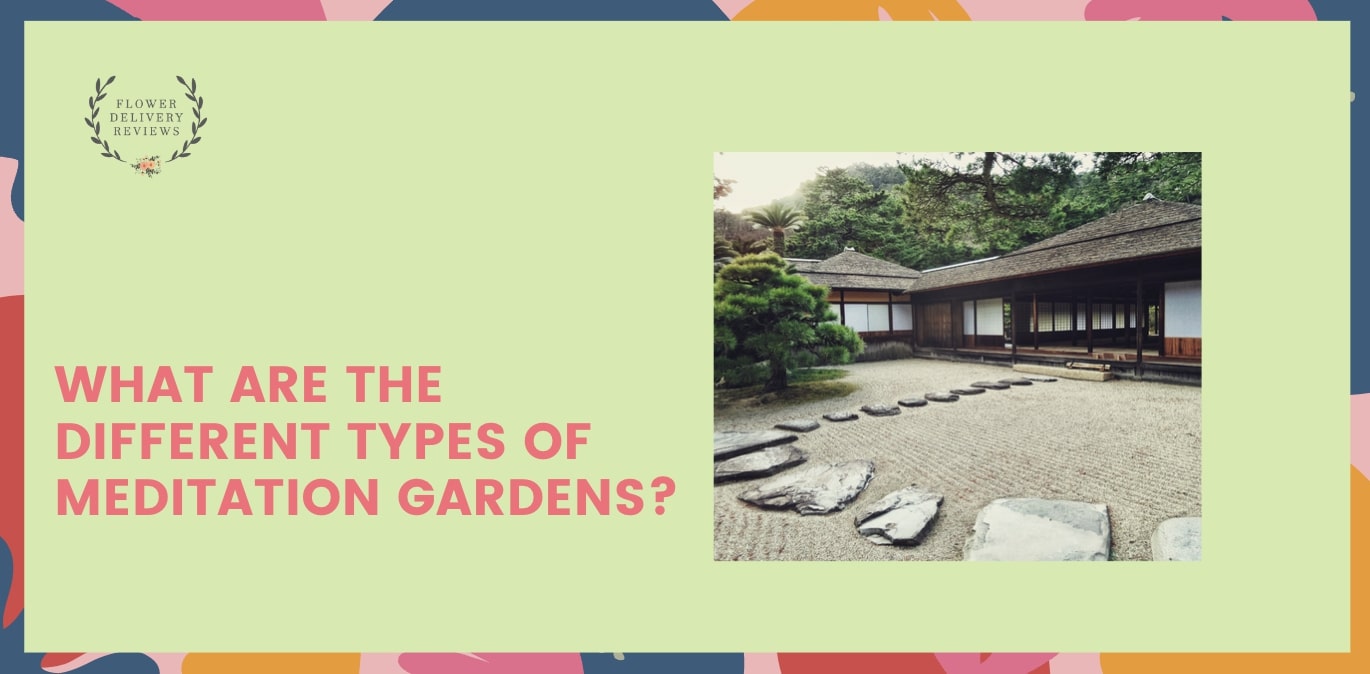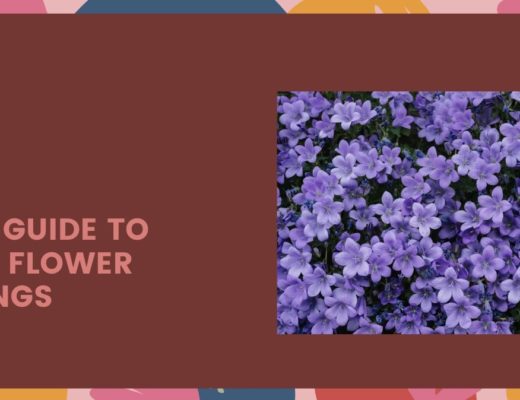Nature is so beautiful that words can hardly express it. When viewing natural scenes—such as the mountains, skies, and rivers—they give us an inner experience of marvel, mystery, and peace.
It’s therefore a perfect subject of art. For example, inspired by nature, the Japanese especially popularized Shintoism (a religion with high respect for nature) and the art of bonsai trees and zen rock gardens.
Having a zen garden at home can put us in touch with “no-mindedness,” the state of thoughtlessness or being thoroughly in the present.
Aside from a zen garden, what are the different types of meditation gardens that you might want to have at your home? We’ll be taking a look at them in today’s guide!
The Different Types of Meditation Gardens
De-stressing at home? Here are the different types of meditation gardens you can work on which will benefit you, your family, and your friends.
1) Cloister Gardens
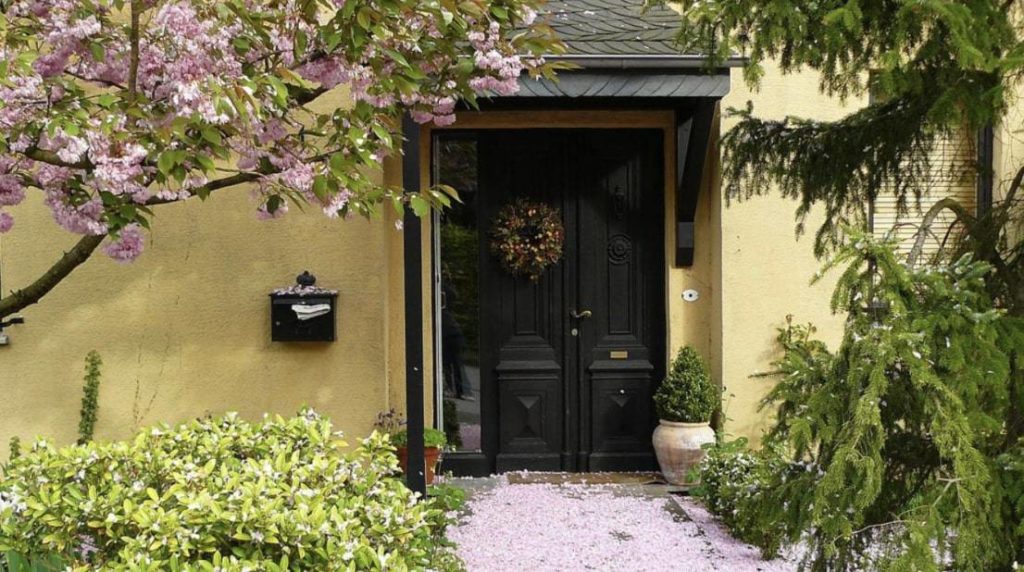
A cloister garden is a small Christian-inspired garden setting emphasizing work and prayer or ora et labora.
It features edible plants, like tomato plants and berry bushes, and decorative herbs like cheery Roman chamomile and pale-violet catmints.
A walkway goes around the plot and lets you enjoy and appreciate the small gardenscape. Also, there are benches or stone seats to let you stop, pause, and meditate.
2) Zen Rock Gardens
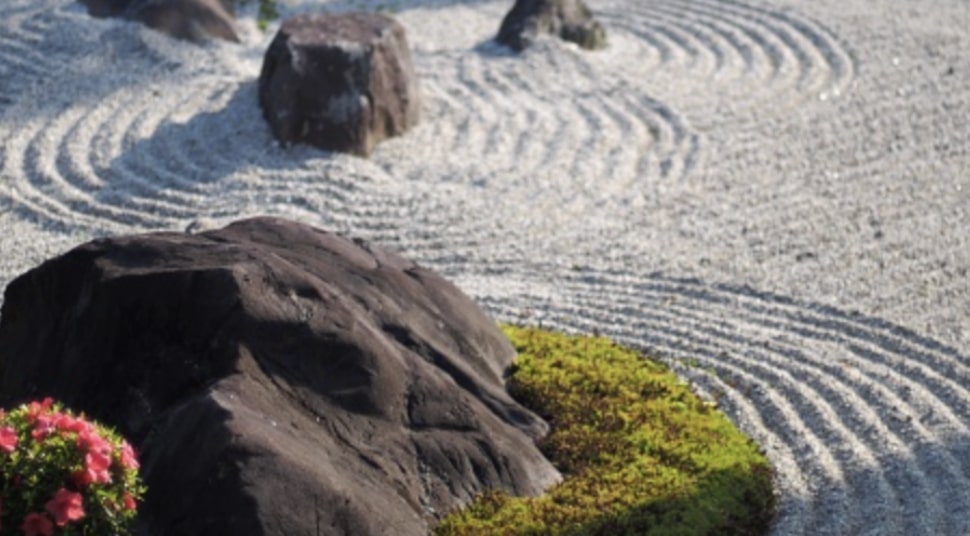
You may have visited Japan or watched a movie that showed tranquil rock gardens. It could be decorated minimally with gray sand, moss or another simple plant, and a couple of rocks.
Another notable characteristic of zen gardens is the curved raked shape on the sand. Despite its simplicity, it’s pleasing to both the eye, the mind, and the heart.
The purpose of raking the sand is to make you aware of the space and silence in between. As you do this, you feel a certain calm in your soul because your mind becomes empty or uncluttered.
3) Japanese Gardens
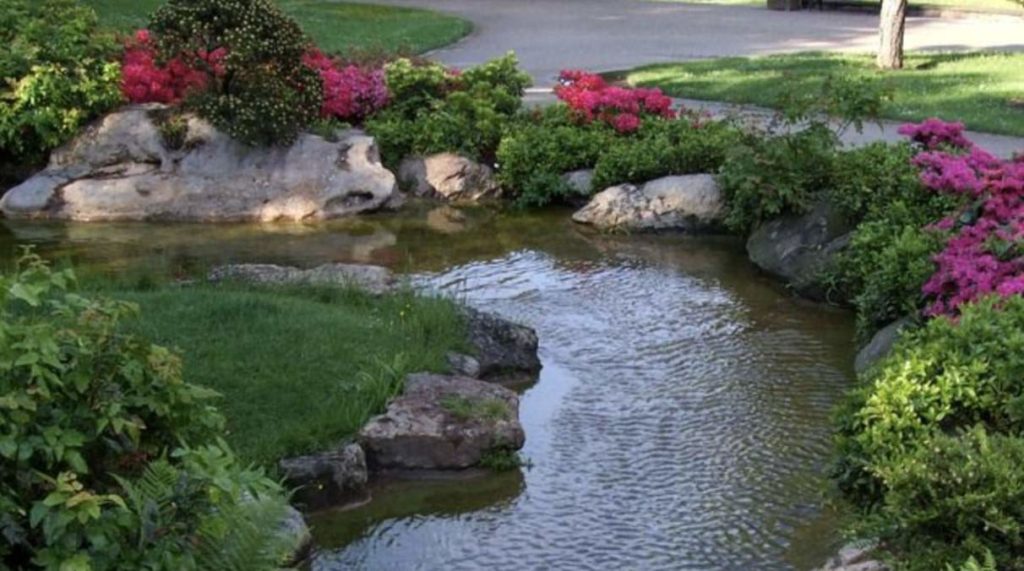
Japanese gardens focus solely on creating beauty in small spaces. It adds trees, plants, rocks, lanterns, flowers, and water fountains to the area.
The effect is a unity of these features which is nice to behold. One thing we like about it is having seasonal markers, such as Japanese azalea or maple, with shifting hues and falling leaves in autumn.
This type of meditation garden is similar to but definitely bigger than cloister gardens. You can meander through this garden and feel a deep relaxation and light feeling.
4) Labyrinth Gardens
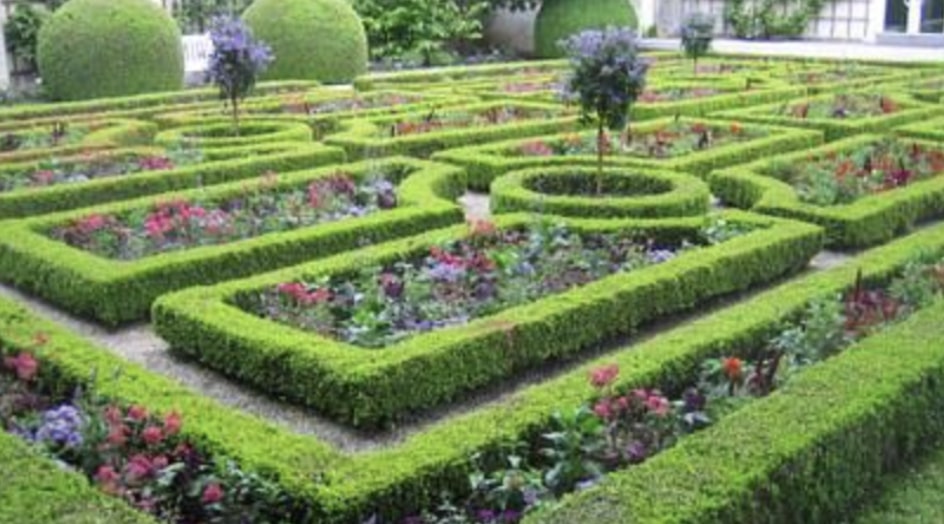
Labyrinth gardens are for luxurious, big homes. It’s akin to a courtyard but with a winding path that leads home or outside of the green maze.
It’s also fun to go through it, get lost, and find your way back again. As such, this anchors you in the present moment because you have to become aware of the path you’re in, or you won’t get out of the labyrinth.
Often, there are marker plants like hedgerows, sitting furniture, and other ornamental structures to show you the way while making you feel energized, aware, and calm as you walk.

